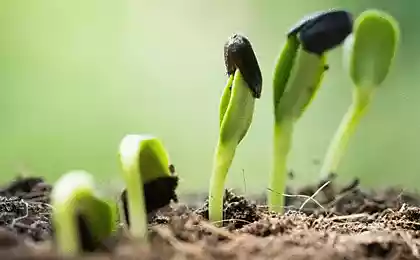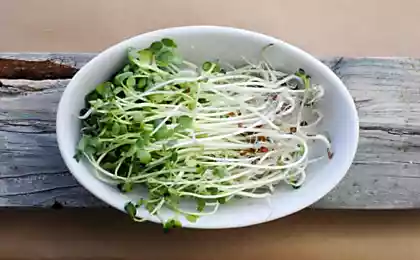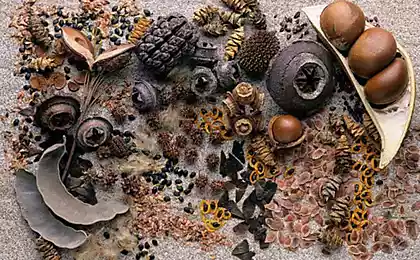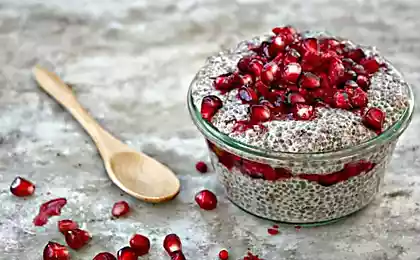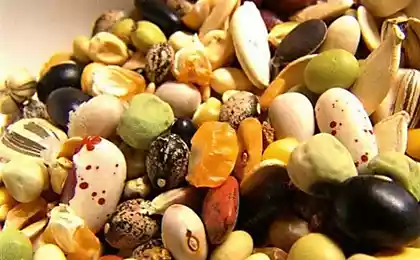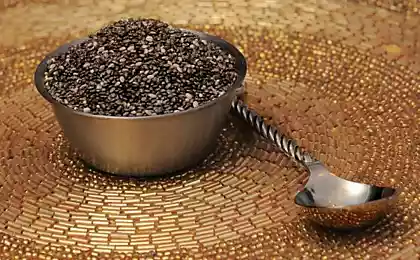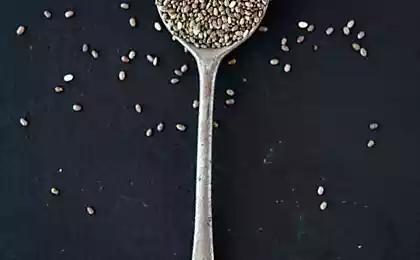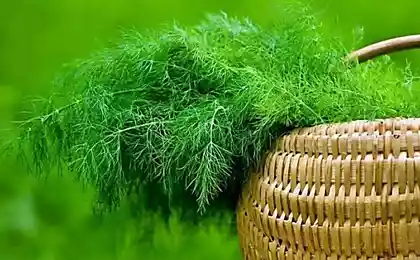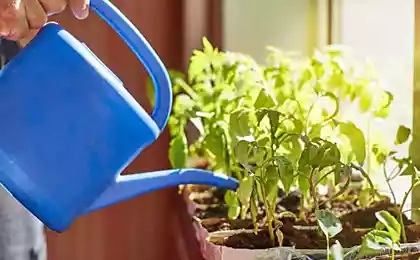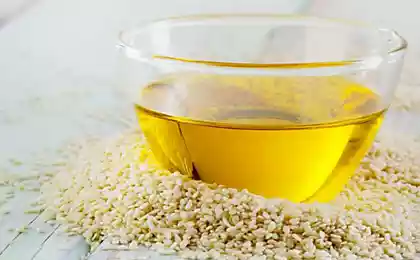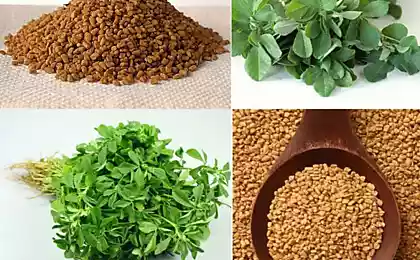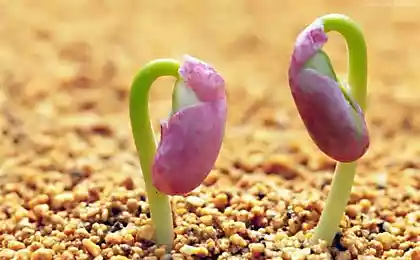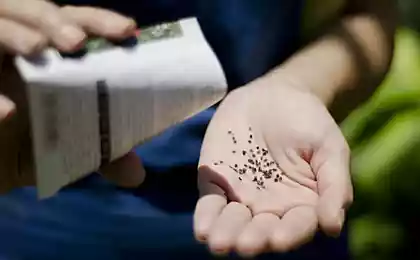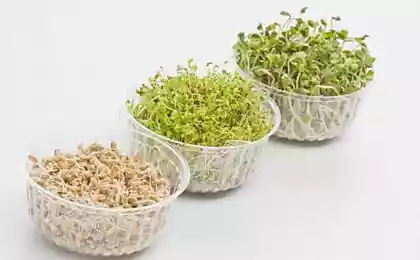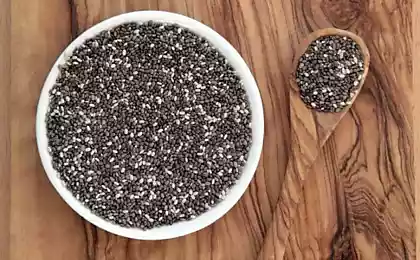524
How to create your own seed Bank
The creation of urban farms and gardens is becoming increasingly popular worldwide. The reasons are all the same: prices for food continue to grow, GMO contamination becomes more apparent, many people are beginning to understand the importance of producing their own food to be self-sufficient. Because the time has come when people order seeds and prepare to sow in their fields, this is a great opportunity to create a seed Bank to share with friends, family or community associates.
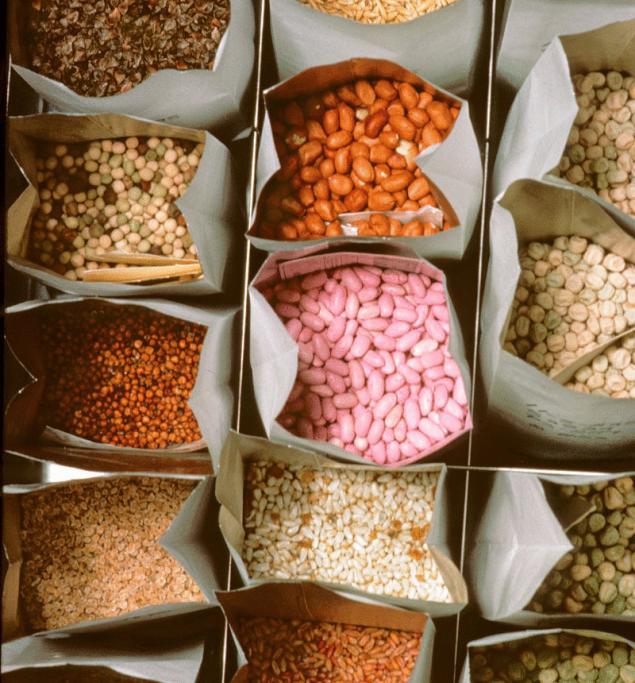
Note! If we still can find seeds of local varieties from the older generations almost for free. And you will be glad your grandmother and family that you turned to them for help and they can be useful.
Abroad organic heirloom varieties (heirloom organic seeds) are sold for a lot of money. For example, a package of tomato seeds costs $ 3.5 for 35 seeds.
Since not all seeds are viable and there is always a risk to grow "empty shell", as a rule, seeds need to buy twice.
To keep it simple
If you want to store rare seeds from the plants you grow, not grow several different varieties in one plot: tomatoes, peppers, beets, zucchini, Kale (like broccoli) and many other plants can cross-pollinate and you'll end up with hybrid seeds. Despite the fact that the rate of cross-pollination is quite low, less than 5% for some types, it is better to err, if you really want pure seeds.
If all you are interested is tasting vegetables, you can grow all you like and not think twice about the possibility of hybridization.
Be sure to write
As well as you want to know more about the type of seeds before planting. Those who will ultimately use your collected seeds, I would like to know the same thing. From the very first day, as soon as You receive your seeds, keep detailed records of their progress:
• Planting date. What's the weather been?
• Whether they were planted in the soil? Greenhouse? You started to grow seedlings in wet paper?
• They receive natural light or heat lamp?
• How many days will it take for germination?
• From X number of seeds planted, how many sprouted?
• What part died? Or they were all strong, healthy and viable?
• When they were transplanted outdoors?
• In what kind of soil they were transplanted? Whether they were placed in pots? High beds? In their native land?
• When it started flowering seedlings? When was your first harvest?
• What was the fruit taste? Better raw or cooked?
These are just a few examples of the type of information you must record about your plants. The more you describe in your notes, the better prepared you are to share information with your group exchanging seeds, and the better you all will be informed for planting the following year. If all seeds and plants one person will thrive, you will be able to return to records to determine why.
Storage seeds
Do not have to wait until the fall to begin the harvest of their seeds. Herbs such as Basil and dill can produce seeds early. In the warmer months you can save a lot of seeds fruits and vegetables such as strawberries, tomatoes, peppers and beans, as they Mature.
Do a bit of research on the best way to build and store seeds from plants that you grew and don't forget to label them clearly.
Share information
Be sure to regularly communicate with other members of your seed Bank, even if it is via Skype or email.
Create a shared database (e.g. a spreadsheet on Google Drive) so you can see all the updates to each other. Information about your successes and challenges, and also keep a log of what is growing where.
If you can meet in person, it's even better! You can even sell the fruits that you have grown, and to compare the quality / size / etc... some sort of a number of different areas.
If, at the end of the harvest season, you will feel the joy of sharing / process of storage of seeds and would like to expand the influence of your group, consider the possibility of attracting new members to your community. You can start from their neighbors with whom you never had the opportunity to talk with local organizations of seed production or clubs agriculture (growers, beekeepers, etc.), you may simply want to keep the exchange between friends, even if they are far away from you. The seed Bank I share with my friends from 3 areas, and we not only shared by mail seeds to one another, but also keep detailed records in a shared database.
Sharing seed Bank in a community of like-minded people is a very promising idea, and if you have the ability and desire to do it, it can be very useful. This is an opportunity to meet different fascinating people and this is a great example for the education of young children, who will eat your fruits as the elders pass on their advice and guidance to the younger generation.
Maintaining diversity of seeds and conservation of organic seeds really is vital to ensure food security, and if we can work together to promote and encourage wonderful people around us to use (and share!) organic products, everybody wins.published by P. S. And remember, only by changing their consumption — together we change the world! ©
Source: vk.com/permafilms?w=wall-13378441_798

Note! If we still can find seeds of local varieties from the older generations almost for free. And you will be glad your grandmother and family that you turned to them for help and they can be useful.
Abroad organic heirloom varieties (heirloom organic seeds) are sold for a lot of money. For example, a package of tomato seeds costs $ 3.5 for 35 seeds.
Since not all seeds are viable and there is always a risk to grow "empty shell", as a rule, seeds need to buy twice.
To keep it simple
If you want to store rare seeds from the plants you grow, not grow several different varieties in one plot: tomatoes, peppers, beets, zucchini, Kale (like broccoli) and many other plants can cross-pollinate and you'll end up with hybrid seeds. Despite the fact that the rate of cross-pollination is quite low, less than 5% for some types, it is better to err, if you really want pure seeds.
If all you are interested is tasting vegetables, you can grow all you like and not think twice about the possibility of hybridization.
Be sure to write
As well as you want to know more about the type of seeds before planting. Those who will ultimately use your collected seeds, I would like to know the same thing. From the very first day, as soon as You receive your seeds, keep detailed records of their progress:
• Planting date. What's the weather been?
• Whether they were planted in the soil? Greenhouse? You started to grow seedlings in wet paper?
• They receive natural light or heat lamp?
• How many days will it take for germination?
• From X number of seeds planted, how many sprouted?
• What part died? Or they were all strong, healthy and viable?
• When they were transplanted outdoors?
• In what kind of soil they were transplanted? Whether they were placed in pots? High beds? In their native land?
• When it started flowering seedlings? When was your first harvest?
• What was the fruit taste? Better raw or cooked?
These are just a few examples of the type of information you must record about your plants. The more you describe in your notes, the better prepared you are to share information with your group exchanging seeds, and the better you all will be informed for planting the following year. If all seeds and plants one person will thrive, you will be able to return to records to determine why.
Storage seeds
Do not have to wait until the fall to begin the harvest of their seeds. Herbs such as Basil and dill can produce seeds early. In the warmer months you can save a lot of seeds fruits and vegetables such as strawberries, tomatoes, peppers and beans, as they Mature.
Do a bit of research on the best way to build and store seeds from plants that you grew and don't forget to label them clearly.
Share information
Be sure to regularly communicate with other members of your seed Bank, even if it is via Skype or email.
Create a shared database (e.g. a spreadsheet on Google Drive) so you can see all the updates to each other. Information about your successes and challenges, and also keep a log of what is growing where.
If you can meet in person, it's even better! You can even sell the fruits that you have grown, and to compare the quality / size / etc... some sort of a number of different areas.
If, at the end of the harvest season, you will feel the joy of sharing / process of storage of seeds and would like to expand the influence of your group, consider the possibility of attracting new members to your community. You can start from their neighbors with whom you never had the opportunity to talk with local organizations of seed production or clubs agriculture (growers, beekeepers, etc.), you may simply want to keep the exchange between friends, even if they are far away from you. The seed Bank I share with my friends from 3 areas, and we not only shared by mail seeds to one another, but also keep detailed records in a shared database.
Sharing seed Bank in a community of like-minded people is a very promising idea, and if you have the ability and desire to do it, it can be very useful. This is an opportunity to meet different fascinating people and this is a great example for the education of young children, who will eat your fruits as the elders pass on their advice and guidance to the younger generation.
Maintaining diversity of seeds and conservation of organic seeds really is vital to ensure food security, and if we can work together to promote and encourage wonderful people around us to use (and share!) organic products, everybody wins.published by P. S. And remember, only by changing their consumption — together we change the world! ©
Source: vk.com/permafilms?w=wall-13378441_798

